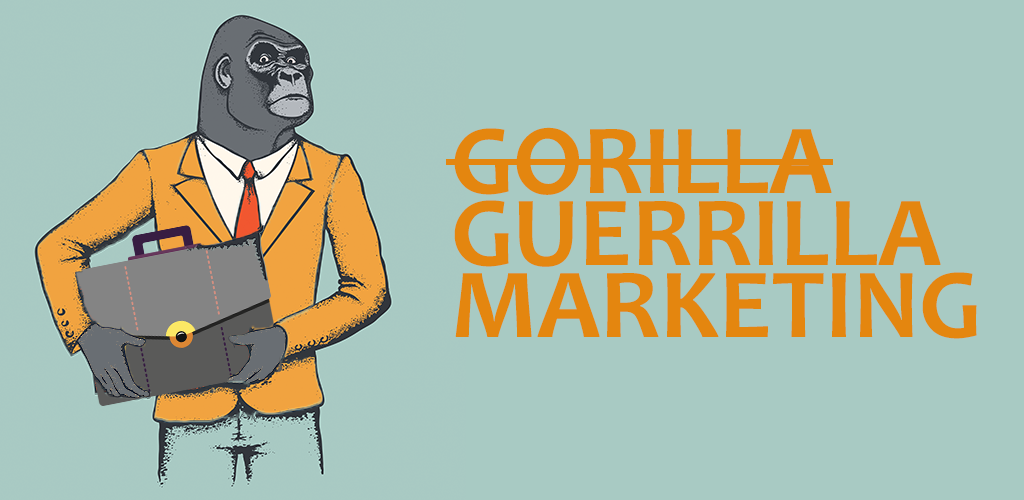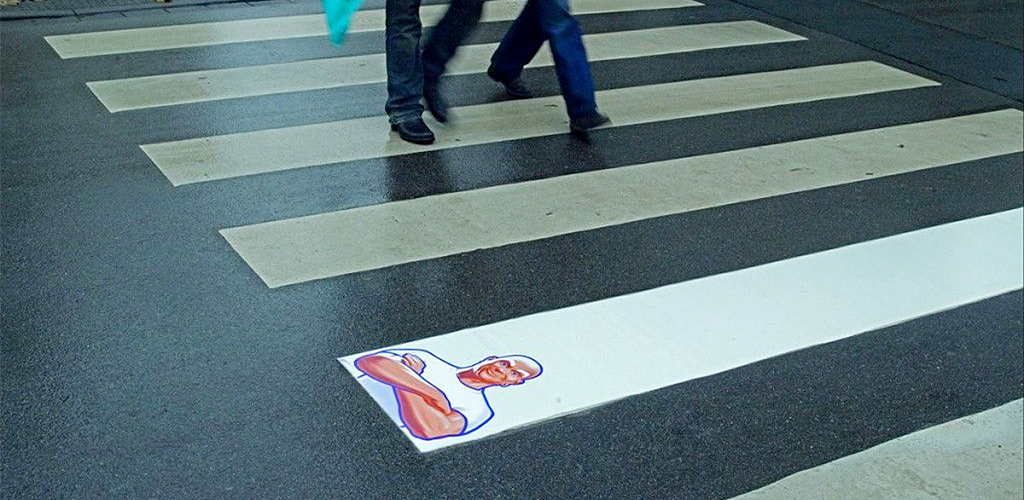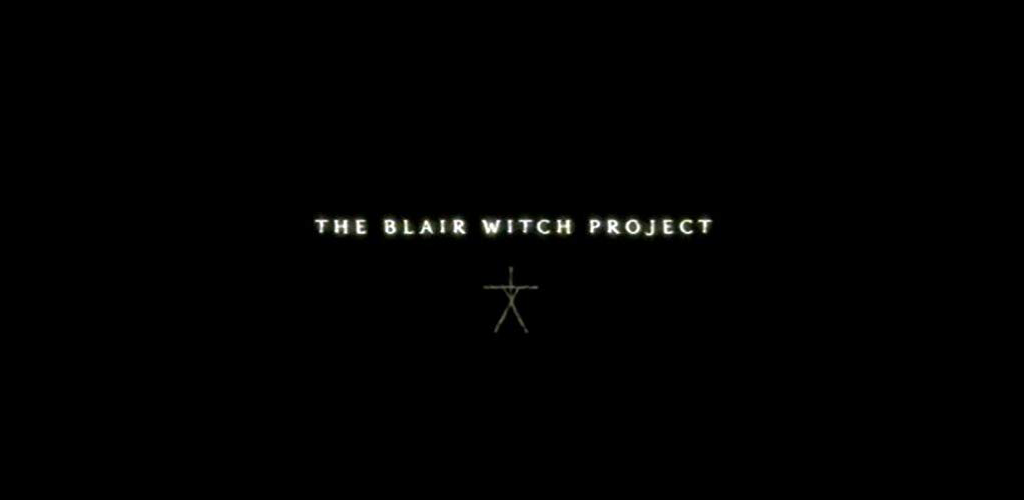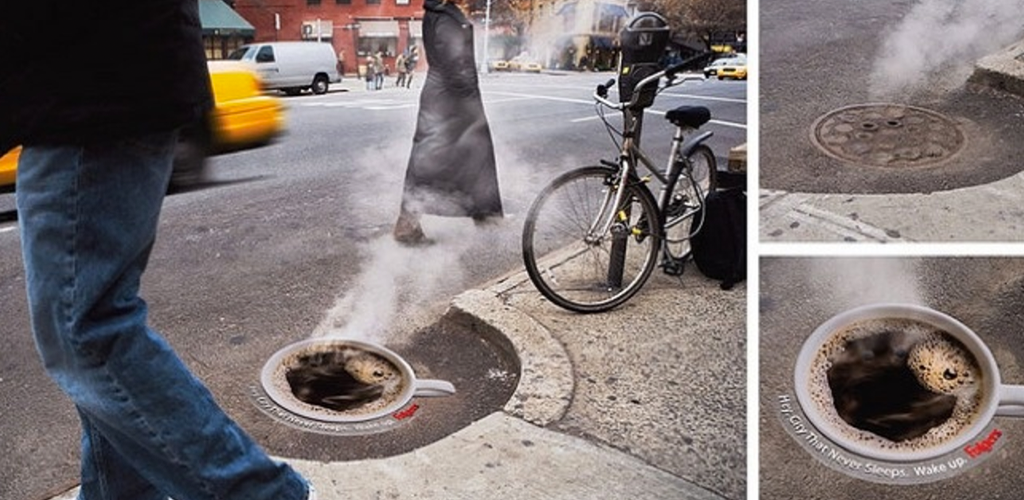The What, Why and How of Guerrilla Marketing

Every successful company must market their business somehow. For you, that may mean sticking to the classics like broadcast and print media. Or perhaps you prefer digital marketing. Maybe you even like a personal touch, and choose to market to people in person. There’s also marketing guerrilla-style. But what is guerrilla marketing? Why should your business use it? And how do you start your own campaign? Let’s take a look:
- What is guerrilla advertising?
- Why should you use it?
- How can your business advertise this way?
- Real-world examples
What is Guerrilla Advertising?
The term “guerrilla” advertising was first coined in 1984 by American advertising executive Jay Conrad Levinson. It’s a tactic that was created for small business owners with big imaginations, because it can be executed well on a shoestring budget. The main goal of this type of advertising is to get customers to pay attention to you and your brand. Guerrilla campaigns tend to be unconventional, unexpected, and target a local audience (although good ones usually spread beyond their initial geographic target). Successful ones evoke a positive and memorable reaction from the people who see them and often generate news coverage, making sure your brand becomes top-of-mind for thousands of consumers.
Why Should You Try Guerrilla Advertising?
While this type of advertising isn’t a good fit for all types of business, there are several reasons you should consider planning and executing your own guerrilla marketing campaign:
- You’ll Stand Out: This method of advertising is all about doing something bold and creative that generates attention for your brand. By showing that you can think outside the box, you’ll differentiate yourself from your competitors and stand out in highly competitive industries.
- You Can Connect to Your Audience: Good marketing campaigns appeal to a general audience. But excellent marketing campaigns target a specific audience. These are the people who your products appeal to the most, meaning your ads will be most effective with them (creating a higher return on investment). Using a guerrilla marketing campaign to reach out to a niche group of consumers will help you bring in a higher market share, and increase your profits.
- It’s (Usually) Cheap: Guerrilla advertising doesn’t require a big budget to be successful. Instead, these campaigns are far more reliant on creativity and time.
While this form of marketing has many benefits, we’d be lying if we said there were also no risks. Those risks include:
- Misappropriation of Symbols: Many effective campaigns tie their marketing efforts into local events, traditions, and holidays. While that can be a great way to connect to an audience, it’s very easy to offend or seem thoughtless and even greedy. You might get media attention from a poorly executed campaign, but you’ll also generate backlash against your business.
- Misinterpretation: Guerrilla ad campaigns try to be creative and clever but sometimes miss the mark with an audience by being too simplistic or vague. If the purpose of the campaign confuses audiences, it could be misinterpreted and generate a negative response.
How Do You Use Guerrilla Marketing?
Once you have decided that you want to try a guerrilla advertising campaign, you need to know how to put one together. Here are a few dos and don’ts to keep in mind.
- Do Be Clever and Memorable: The more clever your campaign is, the longer it will be remembered by audiences. Because these advertising methods are specifically designed to earn as much attention as possible, making them clever and memorable creates long term, widespread interest in your brand.
- Do Be Engaging: Audiences are more likely to notice and enjoy something that they actually participate in. By creating an engaging, interactive campaign, you’ll increase awareness of your brand.
- Do Be Giving: People love free stuff. If your campaign involves the element of a free giveaway, you’re making sure audiences both remember and like you.
- Do Be Heartwarming and Endearing: Using emotion in an ad campaign is an especially effective method of converting passersby into customers. Do something nice for others to warm the hearts of your audience. Their emotion will encourage action and you will endear your brand to them.
- Do Remember That Subtlety is Powerful: Not all marketing campaigns have to stop people in their tracks with a huge wow factor. In fact, subtle ones are sometimes more powerful because the people who notice them genuinely enjoy the fact that they understood your ad and will point that out to others.
- Don’t Create Negative Emotions: While this seems like a given, many companies still try to generate attention by frightening, shocking, and even upsetting audiences. Although this might create attention, this tactic is unlikely to convert to sales.
- Don’t Be Someone You’re Not: When devising your campaign, come up with a few adjectives that you feel describe your business. Use those words to guide the way you advertise. By acting like something you’re not, you might disappoint consumers who were expecting a certain experience but instead received something totally different.
- Don’t Annoy Your Target: In order to generate news coverage, some brands create over the top, sometimes annoying ads. However, much like with scaring your audience, you’re unlikely to gain paying customers by annoying them all.
Real Examples of Guerrilla Marketing
- Ikea: In 2010, Ikea launched a guerrilla advertising campaign in Paris, France. In four subway stations throughout the city, they set up living rooms complete with couches, lamps, and photographic backdrops. The campaign showed people how durable Ikea’s products are while also giving them a place to sit and relax while they waited for their trains to arrive.

- Mr. Clean: In the 2000s, Mr. Clean launched an advertising campaign where they painted one stripe in a crosswalk bright white and put their logo at the end, while the rest of the crosswalk remained dirty and dull. The striking colour difference got people’s attention and put the power of Mr. Clean’s products on full display.

- The Blair Witch Project: In 1999, the Blair Witch Project was scheduled to hit theatres, but with only a $60,000 budget to film and produce the film there wasn’t much left over to spend on a marketing campaign. Instead, the creators of the film launched a word-of-mouth viral marketing campaign to make people believe the film was a real documentary and not fiction. The campaign was so successful, the film is now one of the highest earning independent movies of all time.

- Folgers: New York City was the home base of a clever guerrilla ad campaign courtesy of Folgers Coffee. The company used a New York landmark, the steaming manholes, by covering them with stickers of coffee mugs. The underground steam being released into the air gave off the impression that the coffee itself was steaming and not just a sticker.

Guerrilla marketing is a great way to get your brand noticed, without breaking the bank.
Visit Shopivo and stay tuned for exciting news and updates! Sign up for our emails and stay up-to-date on new developments and features.
